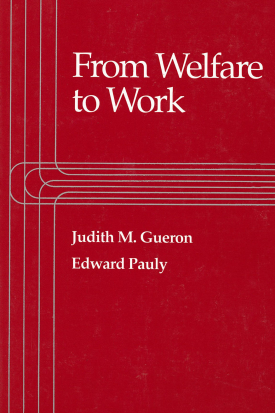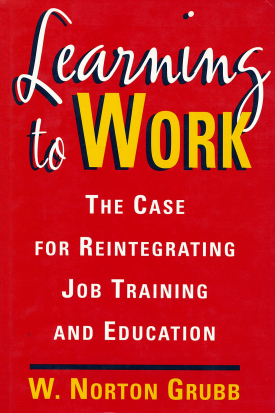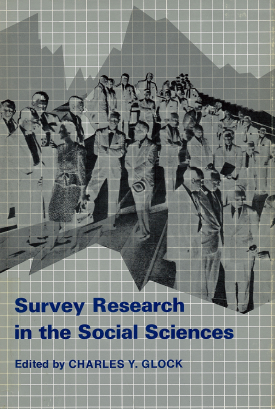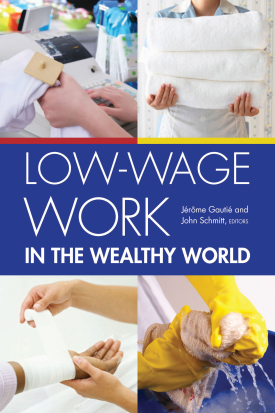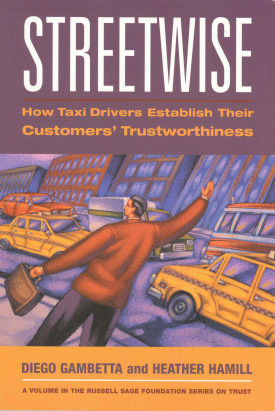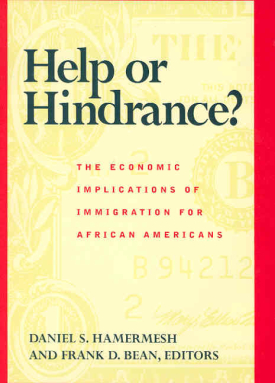
Help or Hindrance?
About This Book
With recent immigration at a near record high, many observers fear that African Americans, particularly those in low skill jobs, are increasingly losing out to immigrants in the American labor market. Because today's immigrants are largely non-European and non-white, there is also speculation that their presence will intensify the competition for housing and educational opportunities among minority groups. Help or Hindrance? probes the foundation of these concerns with the first comprehensive investigation into the effects of immigration on African Americans.
With detailed economic analysis of African American job prospects, benefits, and working conditions, Help or Hindrance? demonstrates that although immigration does not appear to have affected the actual employment rate of blacks, it has contributed slightly to the widening gap between the annual earnings of black and white males. Those near the lowest skills level appear most affected, suggesting that the most likely losers are workers with abilities similar to those of immigrants. With many employers moving away from cities, access to housing and problems of segregation have also become integral to success in the job market. And within black neighborhoods themselves, the establishment of small immigrant businesses has raised concerns that these may hinder local residents from starting up similar ventures. Help or Hindrance? also examines how immigration has affected the educational attainment of African Americans. Increased competition for college affirmative action and remedial programs has noticeably reduced African Americans' access to college places and scholarships.
Help or Hindrance? offers compelling evidence that although immigration has in many ways benefited parts of American society, it has had a cumulatively negative effect on the economic prospects of African Americans. In concluding chapters, this volume provides an overview of possible policy interventions and evaluates them within the current social and political climate. Because the long-term impact of current immigration on social welfare remains unknown solutions are far from clear. Help or Hindrance? provides a valuable benchmark for discussion of immigration and racial equity in a time of rapid population change.
FRANK D. BEAN is the Ashbel Smith Professor of Sociology and professor of public affairs at the University of Texas at Austin.
DANIEL S. HAMERMESH is Edward Everett Hall Centennial Professor of Economics at the University of Texas at Austin. He is also research associate of the National Bureau of Economic Research.
CONTRIBUTORS: Frank D. Bean, Daniel S. Hamermesh, Julian R. Betts, George J. Borjas, Kristin F. Butcher, Robert W. Fairlie, Richard B. Freeman, Jeffrey T. Grogger, Caroline M. Hoxby, George E. Johnson, Linda Datcher Loury, Bruce D. Meyer, Cordelia W. Reimers, Peter H. Schuck, Marta Tienda, and Jeffrey S. Zax.

